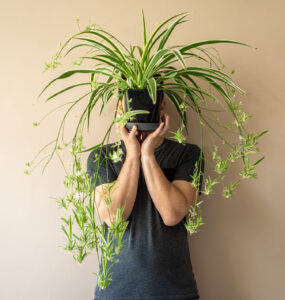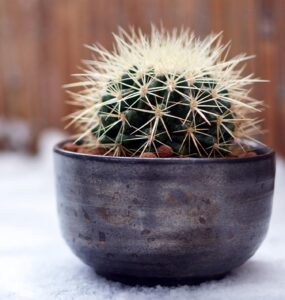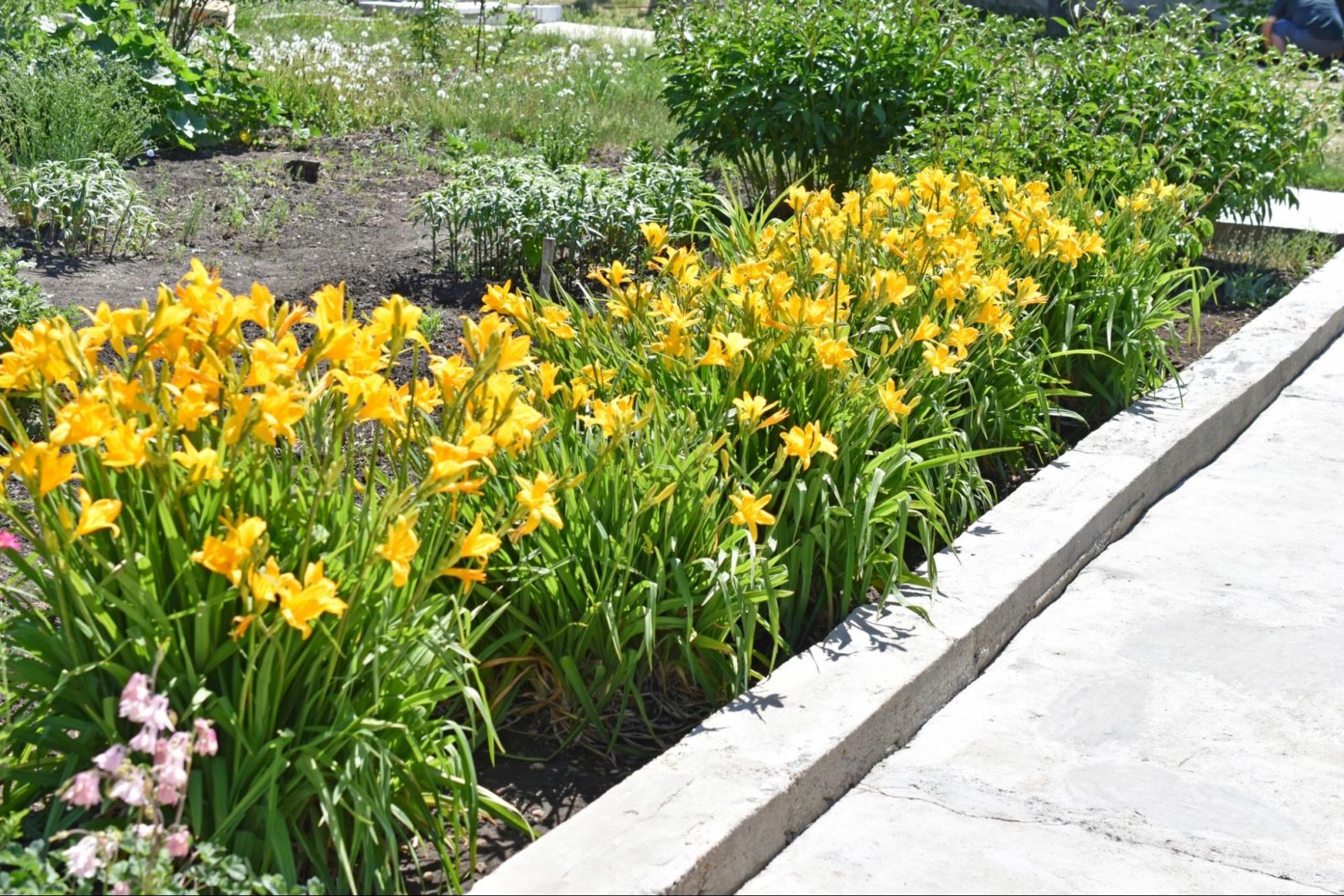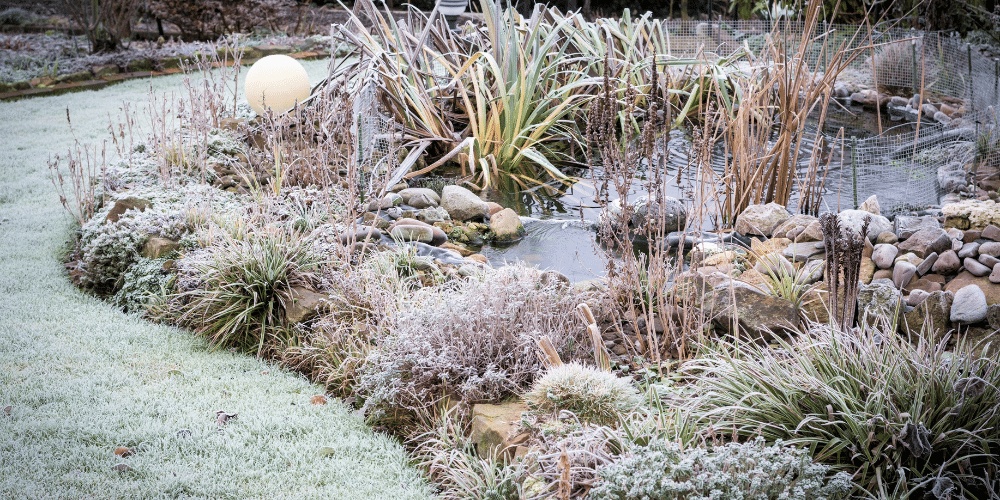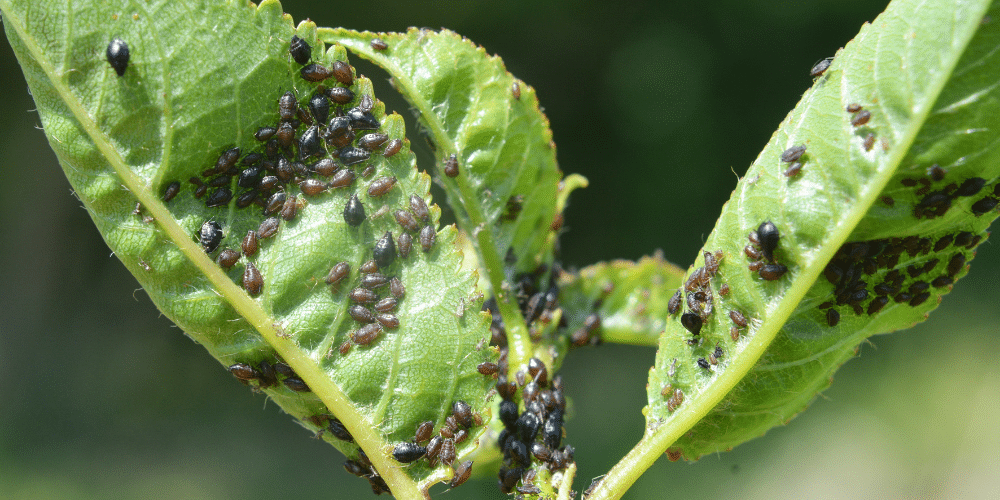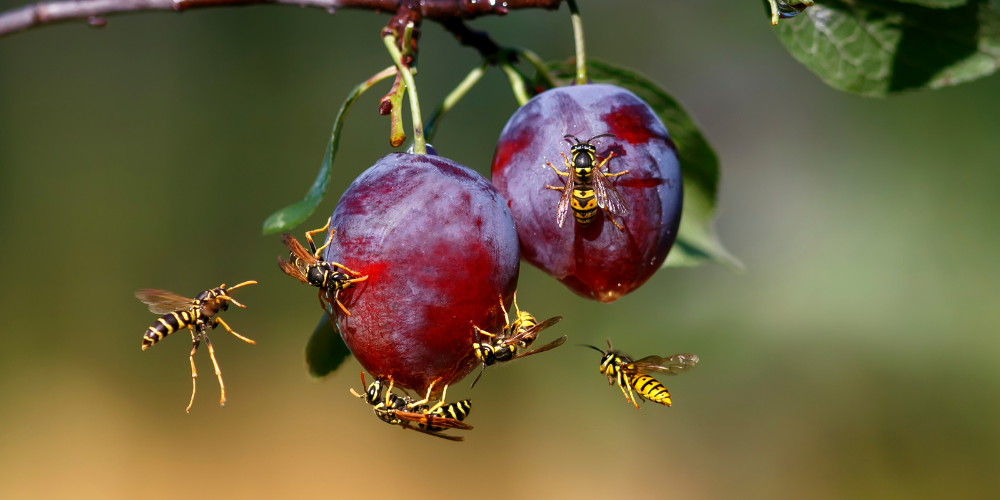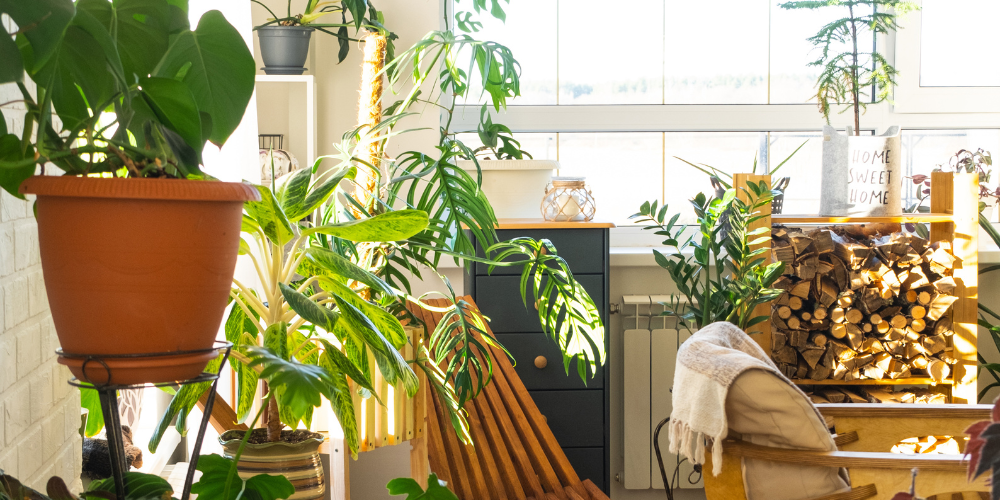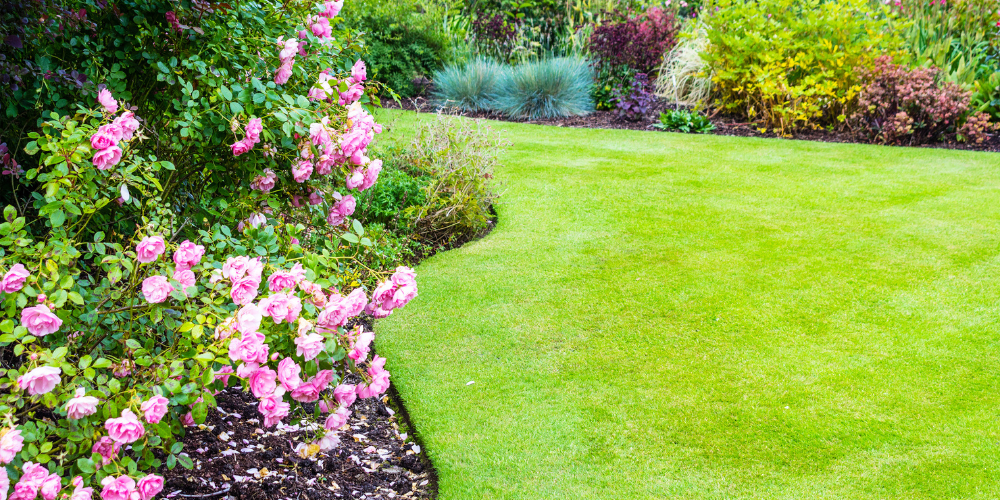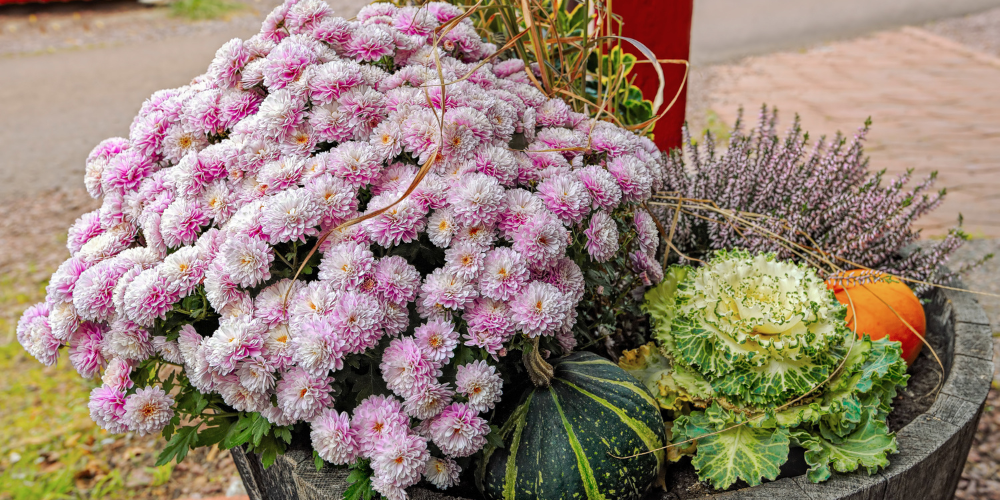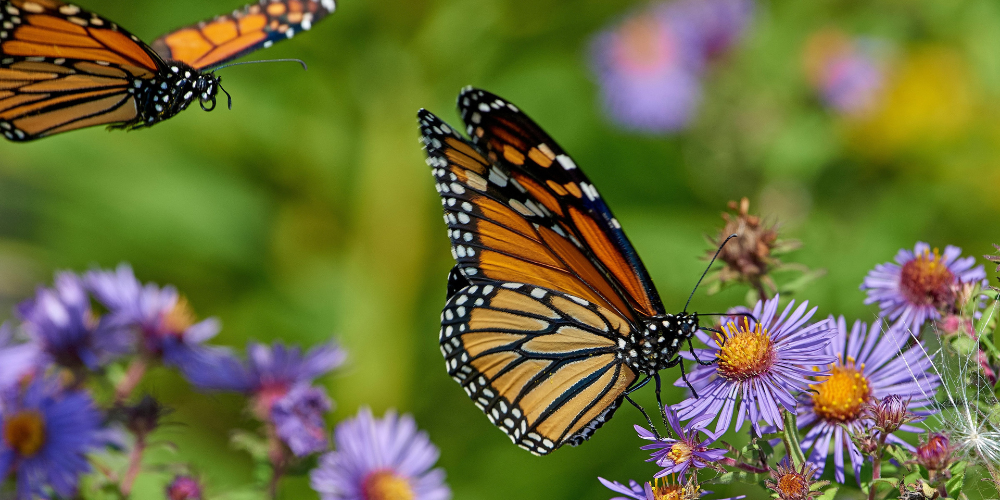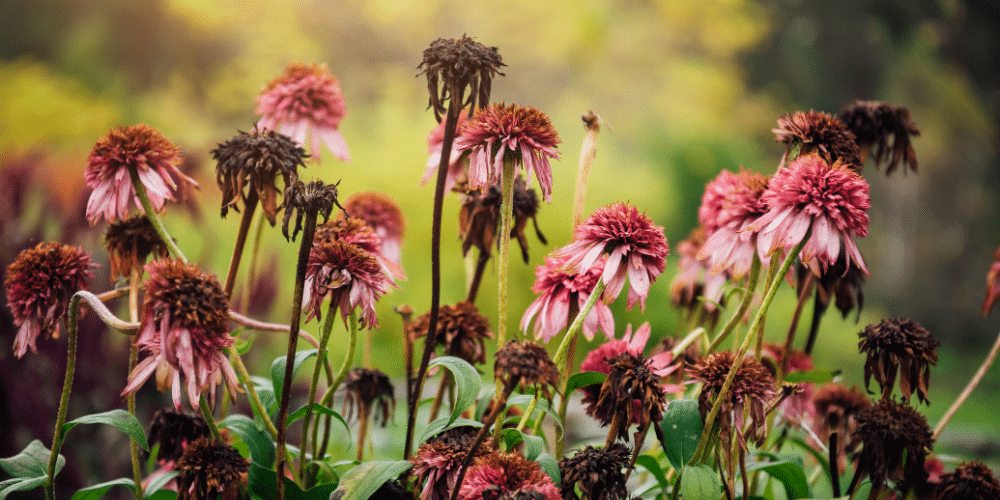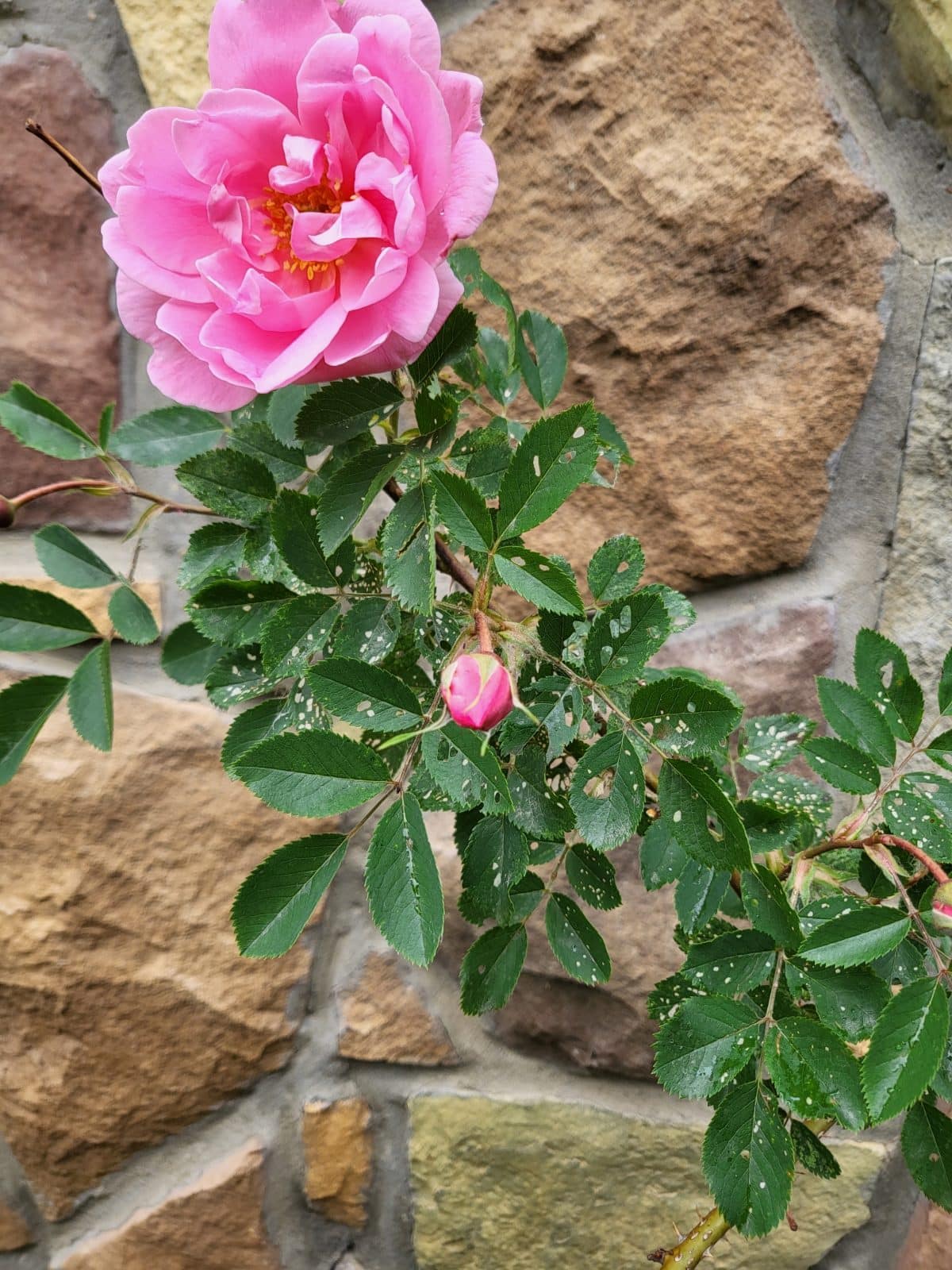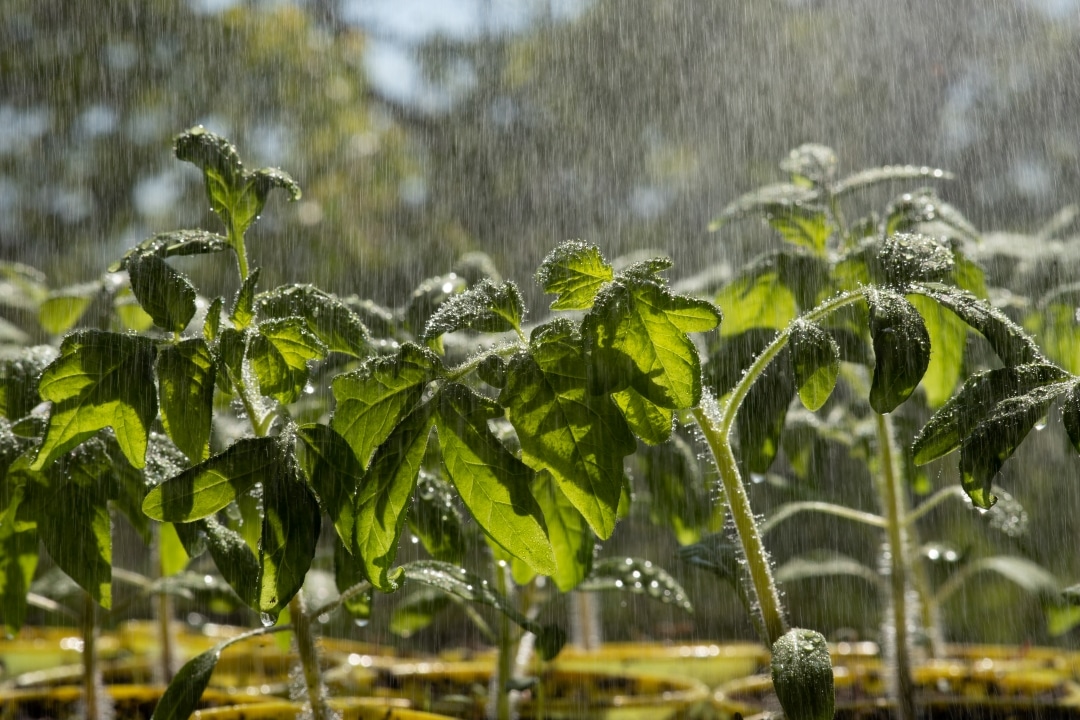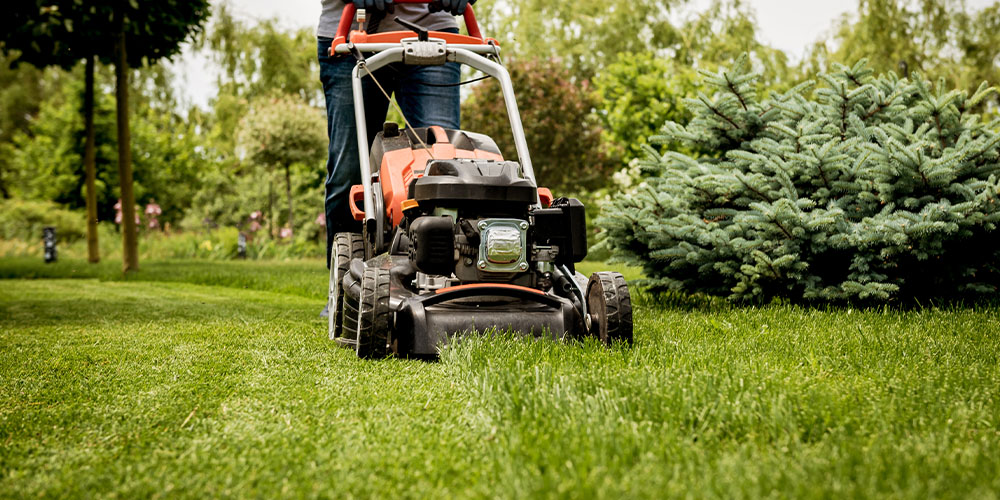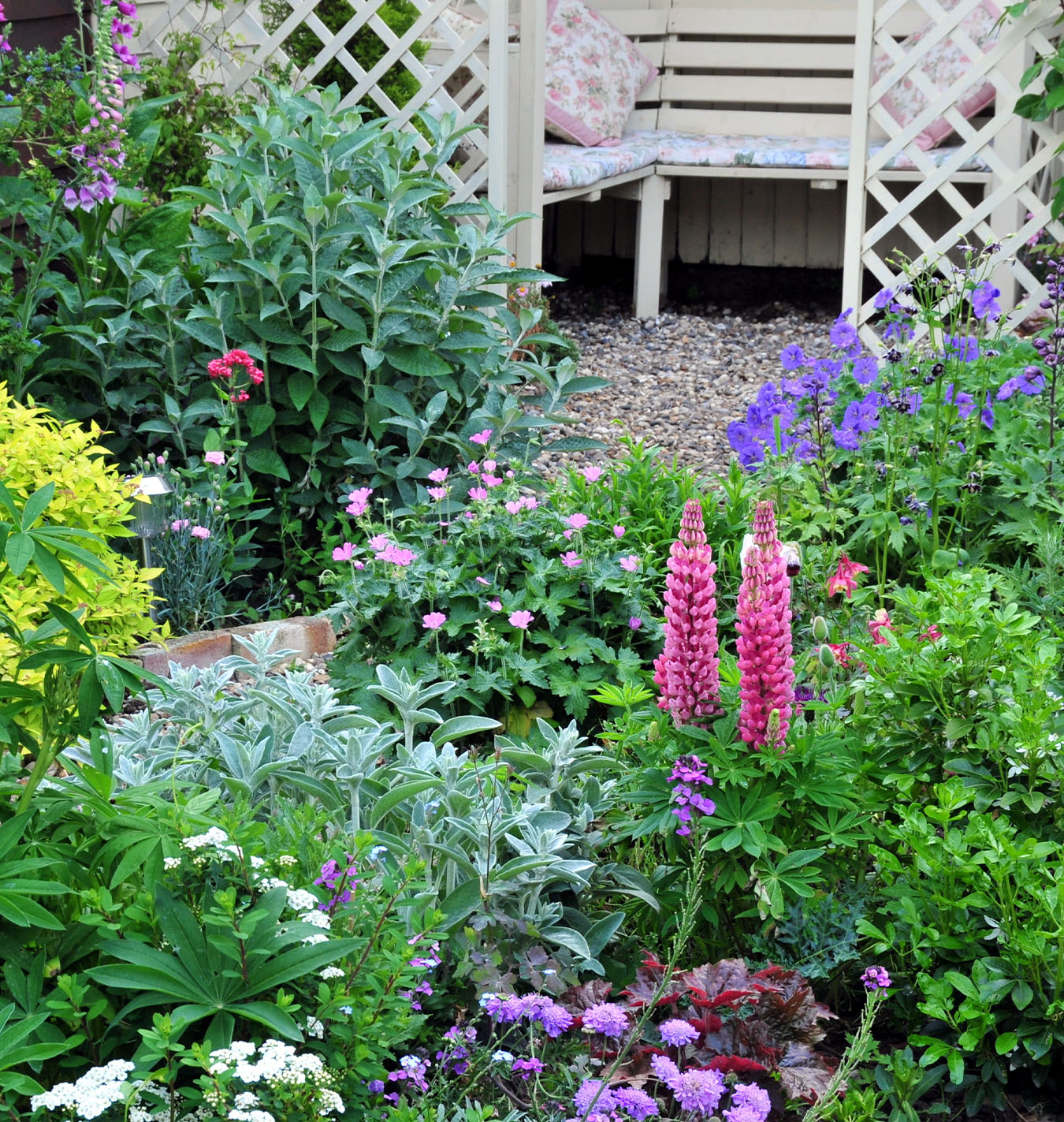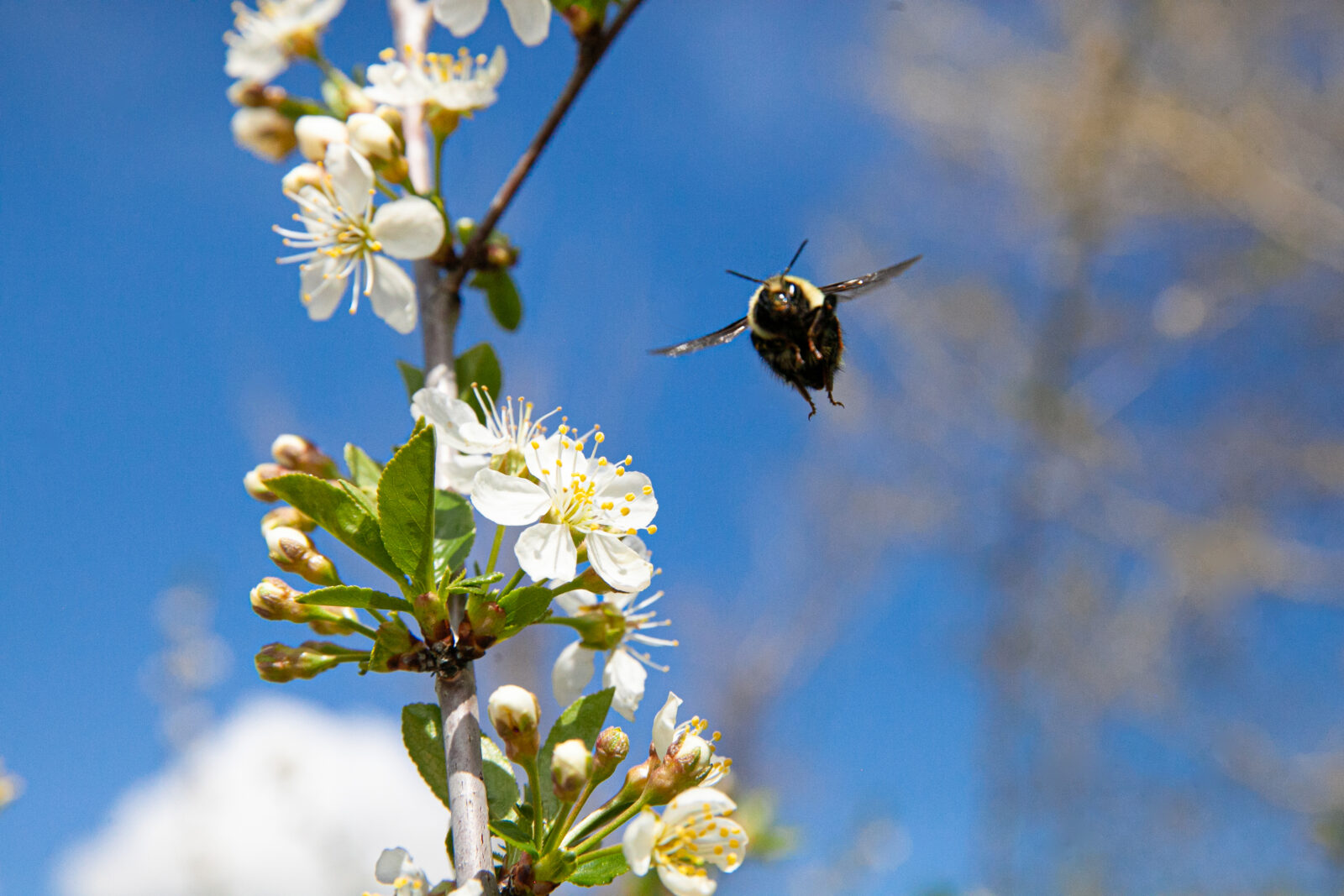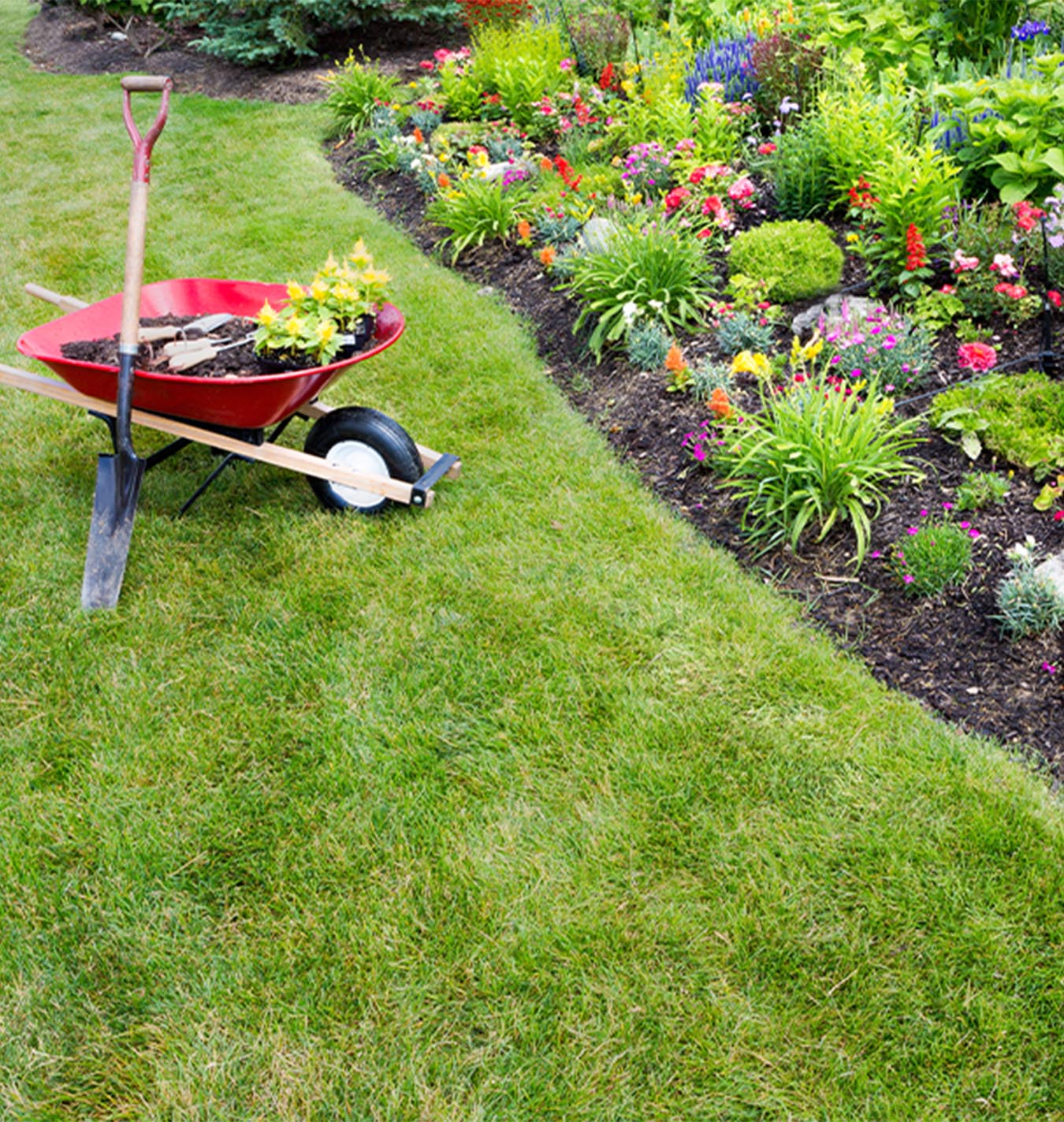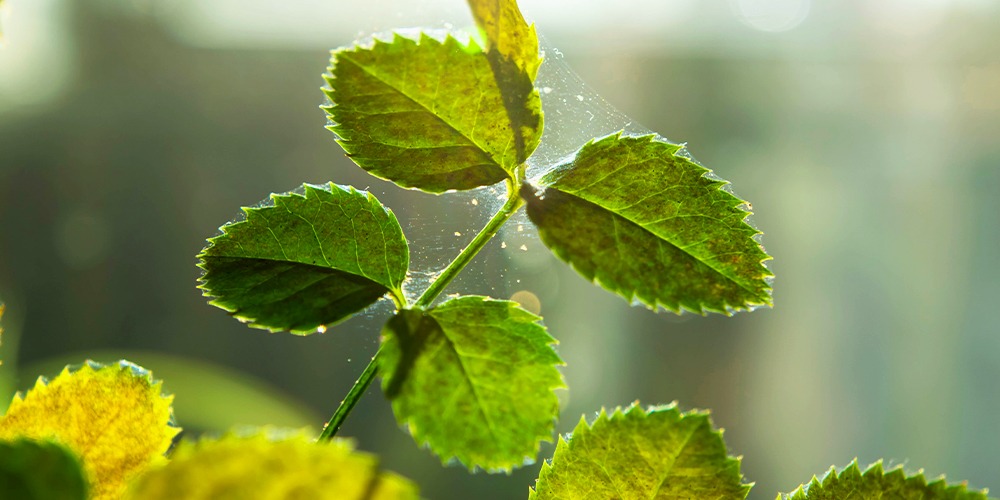
If you’ve been wondering how to actually get rid of spider mites, mealybugs, and fungus gnats, here’s where you should start. We’re doing a 3 part series on indoor pest control for your beloved house plants. We’ll cover some general pest control and management info, as well as specific information about each type of pest and what to do about them. We’ve got some great insight about how to get rid of spider mites and other pests from Justine, our expert gardener at Salisbury at Enjoy.
Plants and Insects Co-exist Naturally
Before we even dive into the profile on spider mites, we need to clear the air about something lots of people don’t like to talk about:
Plants and bugs co-exist naturally in the world, indoors and outdoors. Bugs are a natural part of the environment, and they all have their role in an ecosystem. As plant owners, we need to manage plant hygiene to keep our plants healthy, but expecting to completely get rid of all the bugs in your home and plants is impossible, unrealistic, and is detrimental.
Now, this doesn’t mean that you should let common houseplant pests run wild indoors. You are attempting to create an artificial replica of your plant’s native environment, so you will have to manage pest control since your home does not have all the other birds, bugs, and mammals that balance pest populations’ in tropical environments.
This where Integrated Pest Management (IPM) comes in. Usually, we use this term in the plant and gardening industry to refer to pest control practices in large growing facilities. But, you can take an IPM approach to your houseplants as well.
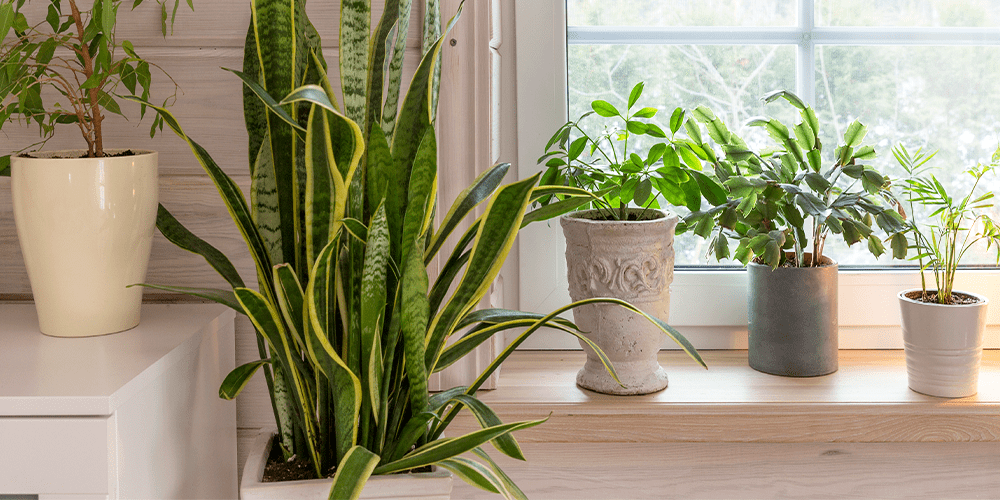
What is Integrated Pest Management?
Integrated Pest Management is the process of controlling pests in a way that combines consideration for:
- biological,
- cultural,
- physical,
- and chemical controls
We do this to keep plants as healthy as possible and reduce economic risks for a garden center. You can use a similar approach in your home to keep your plants as healthy as possible and reduce your own financial risk and the risks of disappointment and sadness about losing beloved plants.
How to Use IPM at Home
IPM considers several aspects of controlling pests for a complete care regime for best plant health. Biological control is the use of other beneficial insects that prey on pests. Cultural control is making sure the plant has its ideal environment. Physical control is regularly inspecting plants for evidence of pests and removing them with physical measures like handpicking or spraying them off with water. Chemical is employing pesticides to control pest infestations.
In our homes, the essential aspect of these four considerations is culture. Culture refers to the environment a plant lives in. Ideally, you want to replicate your plant’s natural environment as closely as possible. Plants with the right amount of light, water, space, humidity, and nutrition are healthy plants. Healthy plants are less susceptible to pest attacks.
Less susceptible doesn’t mean they won’t get pests; it just means they’re strong enough to withstand a few pests without dying.
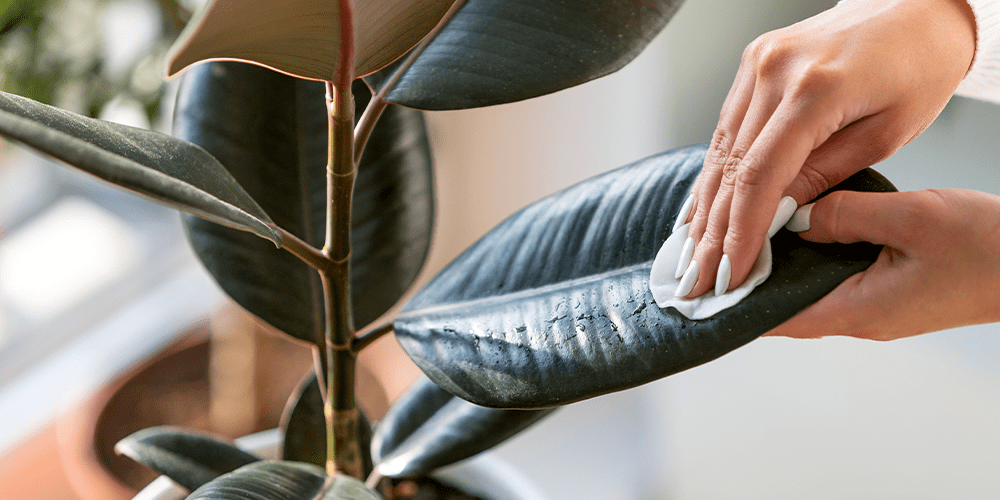
The other super important part for indoor plants is physical pest management, making sure your plants have good hygiene. This means keeping their leaves clean, watering appropriately as needed, refreshing their soil and pot size when required, fertilizing when appropriate, and ALWAYS keep an eagle eye out for pests, like spider mites.
Looking for pest evidence is critical for managing pests in your indoor plants. The reality is it’s not a matter of if you’ll end up with a pest like spider mites; it’s more a matter of when. Since you don’t have all the same biological options that nature provides or a greenhouse can use, like beneficial insects, you have to manage more with cultural and physical control methods.
The keys of this are:
- Quarantine new plants that you bring home for two weeks minimum.
- Replicate your plant’s ideal environment as closely as possible.
- Constantly be on the lookout for pests every time you water your plants.
Many people come into the greenhouse and tell us their plant is suddenly covered in webs from spider mites. Houseplant pests reproduce fast, but they can’t cover an entire plant suddenly; it takes them a few weeks. If you’re quarantining new plants and regularly inspecting your other indoor plants, you’ll see the symptoms before the infestation gets that big.
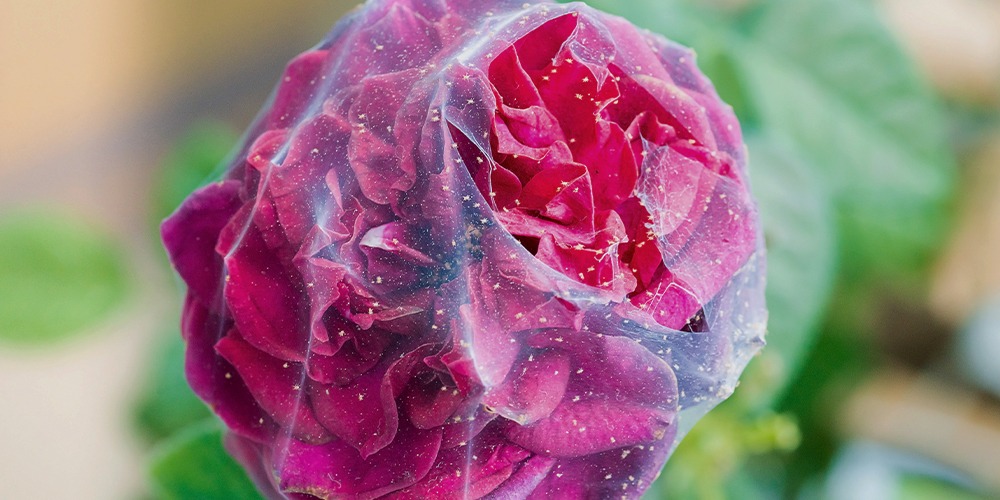
How To Get Rid of Spider Mites
So, you’ve developed a regular habit of inspecting your plants, and they have all the humidity, light, water, soil, and nutrients they need, and now you see signs of spider mites”¦
To get rid of a pest, you need to know what sort of cultural and physical requirements it prefers so that you can change those things to make your indoor plants less welcoming for those pests. Spider mites are one of the most common indoor plant pests we hear about. They’re sneaky and can build themselves quite a population before people notice them. This is why you need to inspect your plants every time you water them closely.
What Are Spider Mites
Spider mites are not spiders. They’re members of the mite family. We call them spider mites because the webbing they create on plants reminds us of spider webs. It’s too bad they’re not spiders since those helpful creatures eat many other pest-type insects. Spider mites have super tiny sharp teeth that they insert into your plant’s leaves and then feed on the plant’s sap.
While spider mites are annoying, they won’t usually kill a houseplant, and usually, you can get them under control relatively quickly. Luckily, to get rid of spider mites, you can employ a few cultural and physical controls to keep your plants healthy and happy.
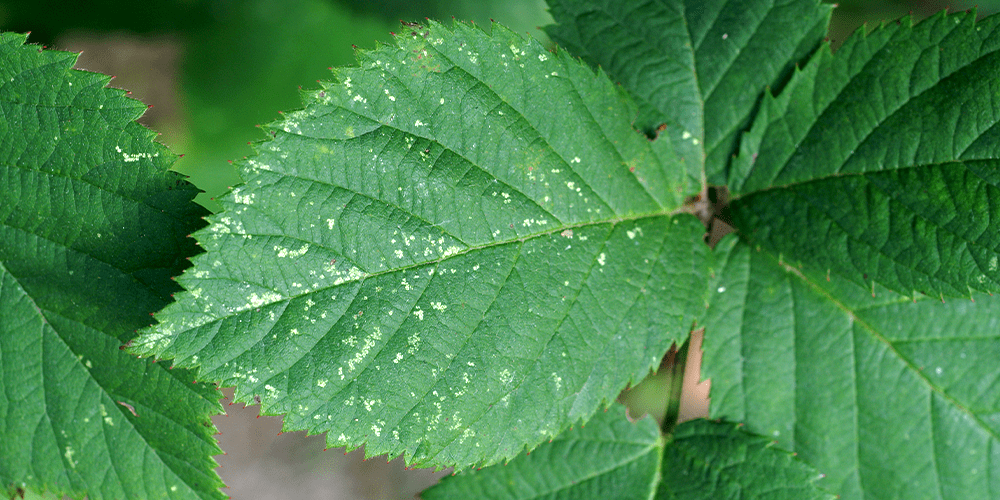
What do Spider Mites Like
Spider mites are big fans of warm and dry environments. Unfortunately, because of Old Man Winter, this describes most of our homes in Alberta for several months of the year. When the furnace comes on in the fall and starts to pump out that warm air, it also dries out the air, so humidity levels drop fast in our homes.
Evidence of Spider Mites
So what should you be looking for when you inspect your plants? Spider mites give us two key visual clues:
- Teeny tiny little polka dots on the leaves of your plants, usually yellow or brown.
- Webbing in nooks and crannies between leaves, stems, and branches.
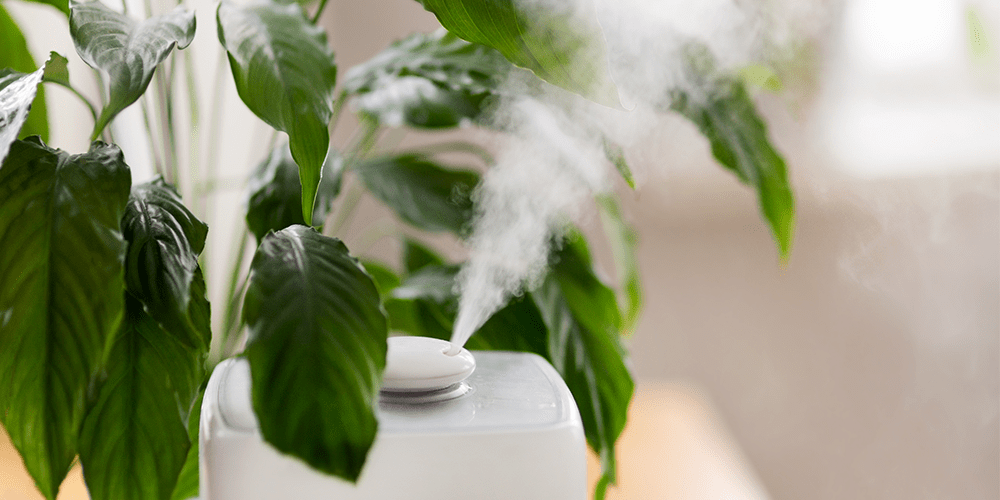
Managing Spider Mites
The cultural management of spider mites means raising humidity levels for your plants. The physical management aspect includes regular inspections, physically removing them, usually with a spray bottle. If the infestation is extreme, you may need to use a chemical miticide as well.
Your best tools are a humidifier or pebble tray and a generic spray bottle of water for spider mites. You’ll need to raise the humidity and then consistently remove mites, and their webs, with the spray bottle or in the shower.
How to Raise Humidity for Your Indoor Plants
There are a few things you can do to raise humidity levels for your plants. The easiest is to get a humidifier and run it near them. You can also put pebble trays, filled with small gravel and water, underneath plant pots. You’ll have to fill them quite regularly; you’d be surprised how quickly water evaporates in a dry Alberta home. But just top them up with plain water when you head around the house to water and inspect your plants. You can also use cloches or terrariums for plants that like very high humidity.
The other thing that can help maintain humidity for your plants is to cluster them together. When plants are close to each other, they develop a little microclimate in your home that will have higher humidity levels than other areas. If you have evidence of spider mites or other pests, you should wait until you have the pests under control before tucking the affected plant into a cozy corner with other plants.
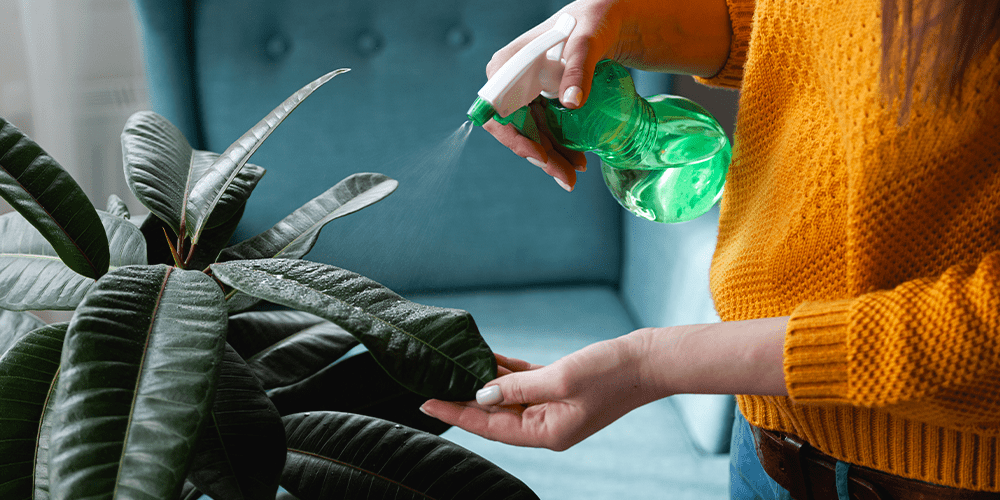
How to Get Rid of Spider Mites
Once you’ve started raising the humidity, it’s time to get after those pesky mites with the spray bottle or the shower for larger plants.
Water is the main thing spider mites don’t like, but that doesn’t mean wet soil, which can cause other issues. Spider mites like to hang out on the underside of leaves and in nooks and crannies of stems. Look for webbing and teeny polka dots on leaves, and then using the spray bottle or shower, spray all the webbing, stems, branches, and especially the undersides of leaves. The webs should break down quite quickly, and water on the bottoms of leaves and stems will repel spider mites.
Taking care of spider mites will require maintaining this as part of your regular plant hygiene. Spraying off all the webs once won’t get rid of your spider mite problem. Check plants with spider mites more frequently than others and spray down the leaves, especially the bottoms and webbing areas, often. It may take several weeks of consistently spraying down your plants every few days to get spider mites under control finally.
If you have an extremely bad infestation of spider mites, like your whole plant is covered in webbing, then you may need to step in with chemical control measures. Safers miticide works well, but you will still need to maintain frequent inspections, multiple applications, and raise humidity levels.
Please be careful and follow the instructions closely when employing miticide on your indoor plants. Also, once you get rid of your spider mites, it’s good to give your plant a shower or wipe down the leaves. The soap residue can impede their ability to photosynthesize and transpire properly, so clean it off once the mites are gone.
Having the right indoor gardening supplies on hand is crucial for tackling common houseplant pests like spider mites.
Stay tuned to the blog, or sign up for our email newsletters, so you know when part 2: mealy bugs and part 3: fungus gnats, hit the blog!

